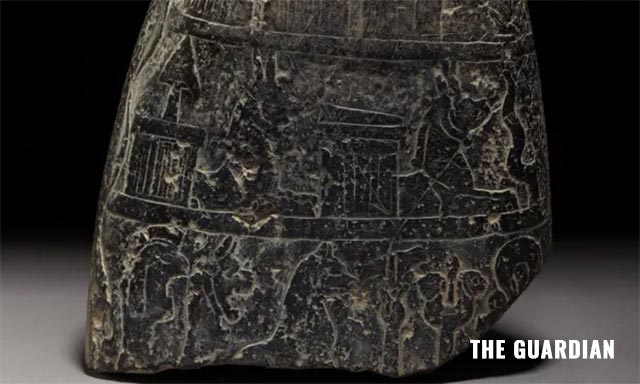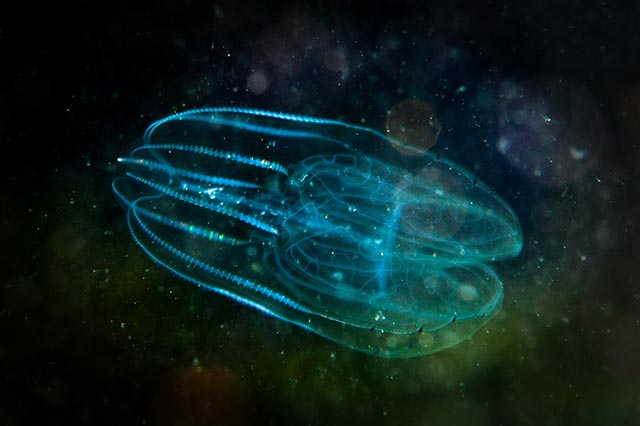Mystery solved: Ancient tribes stashed coins and jewelry worth over $12 million to protect it from the Romans
08/08/2019 / By Edsel Cook

Years ago, treasure hunters came across the largest hoard of coins minted by Celtic tribes during the first century A.D. Further evaluation by experts determined that the Le Catillon II stash, as it is called, was made up of two separate collections of treasures that got hidden together.
The hoard came from the first century A.D., consisting of 70,000 individual coins. It also includes 11 rigid neck rings called torques, which are made of gold. Experts place the estimated value of the hoard at $13 million.
During their evaluation of the individual coins and torques, researchers noticed deviations in the quality of both the precious metals and the processes used to create the coinage. They theorized that two distinct tribes contributed to the Le Catillon II hoard.
The hoard was found buried in the island of Jersey, one of the so-called Channel Islands between France and the U.K. It might have been concealed there by Celtic tribes who wished to hide their wealth from invading Roman armies.
Reg Mead and Richard Miles devoted three decades of their lives looking for the Le Catillon II hoard. They finally found it in 2012.
The huge hoard of coins found at Jersey turned out to be two separate stashes
The treasure hunters got the hoard out of the ground pretty much intact. They spent the next three years prying apart the lumped-together coins and restoring them to their original appearance.
During the process of disassembly and restoration, the researchers created a record of the location of each item with laser-mapping techniques. While they were still going through the data, they came across a surprising development.
“One [collection] had all the early issued coins from circa 80 BC with all the gold jewellery,” explained Miles in an interview. “All of these coins can be identified with the tribes in Brittany.”
Previously, the researchers thought that the sole owner of the Le Catillon II hoard was the Coriosolitae, a tribe of Celts living in the Brittany peninsula in northwestern France. They now believe that part of the treasure may have come from other Celtic tribes in western and lower Normandy.
The first part of the hoard belonged to the Coriosolitae. They stashed gold coins, jewelry, and precious metal ingots. Researchers believe that the treasure got moved from Dinan, Brittany to the island of Jersey, now a U.K. possession.
The Celts buried their treasure to hide it from the Roman invaders
The second stash contained a lot of silver coins that were produced during a later date. The workmanship of the coinage was inferior to the gold coinage from the first stash.
Furthermore, the latter hoard also lacked the more valuable gold. The silver coins might have been produced during a time when the Roman invasion cut off any local sources of gold.
Based on the type and quality of coinage, the researchers theorized that the Celts took the Le Catillon II hoard to Jersey during the Roman invasion of their homeland. Furthermore, the Celts did this before the Romans completed their conquest.
“There were no Roman coins found in our hoard which could possibly mean our coins were gathered and removed from Gaul before Roman coinage had been introduced,” Miles remarked. “The coins may have been stored in Jersey for some time after the Roman onslaught and for whatever reason buried in Jersey together in one pit.”
The large quantities of gold in the Le Catillon II hoard indicated that the coins and jewelry were produced and circulated before 58 B.C. In that year, Julius Caesar embarked on his conquest of Gaul. Anything not taken by the Romans would have been hidden by the Celts.
Sources include:
Tagged Under: ancient coins, ancient history, ancient treasure, Archaeology, artifacts, breakthrough, discoveries, gold, history, jewelry, real history, silver, treasure, treasures
RECENT NEWS & ARTICLES
COPYRIGHT © 2017 DISCOVERIES NEWS



















